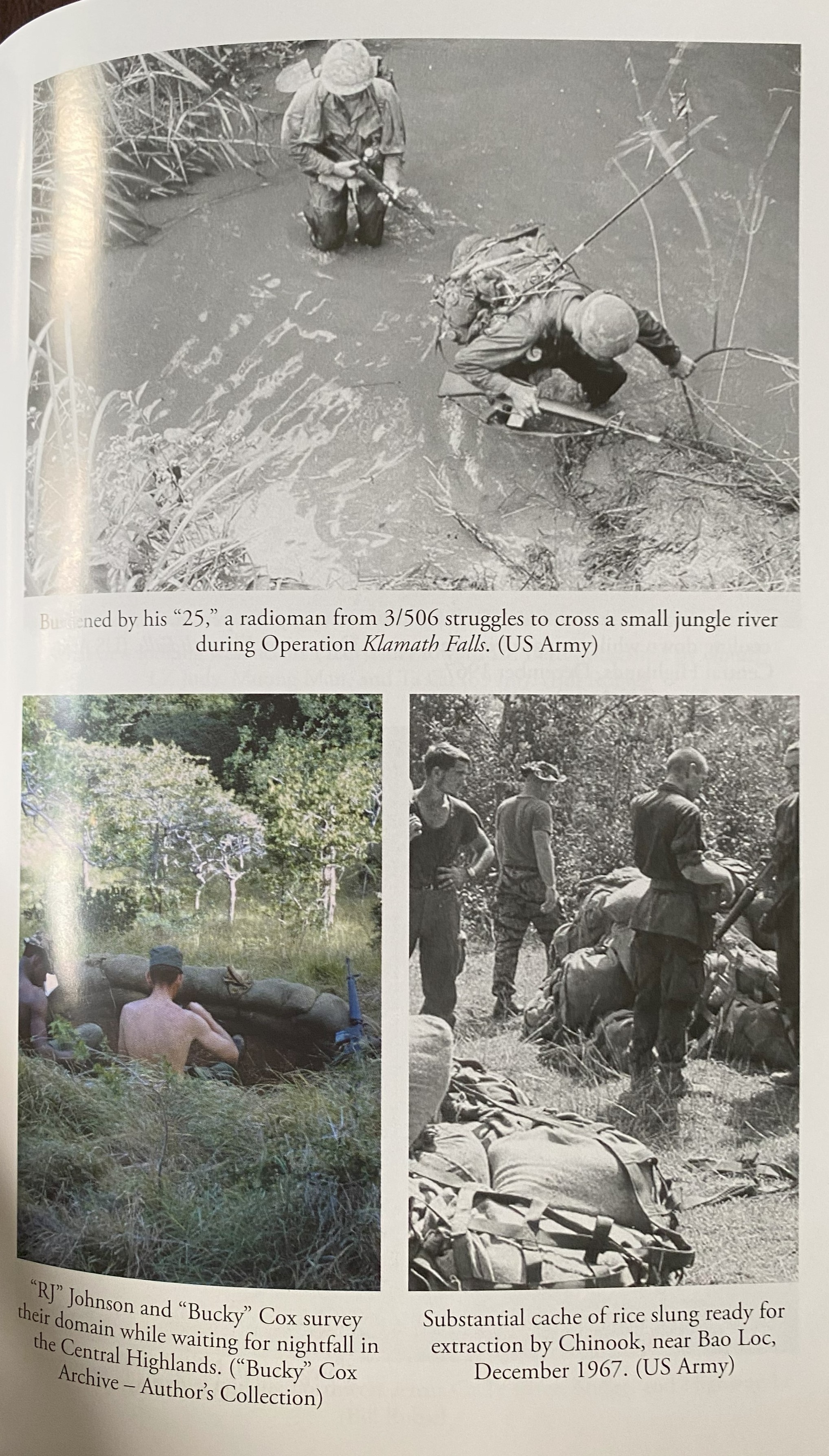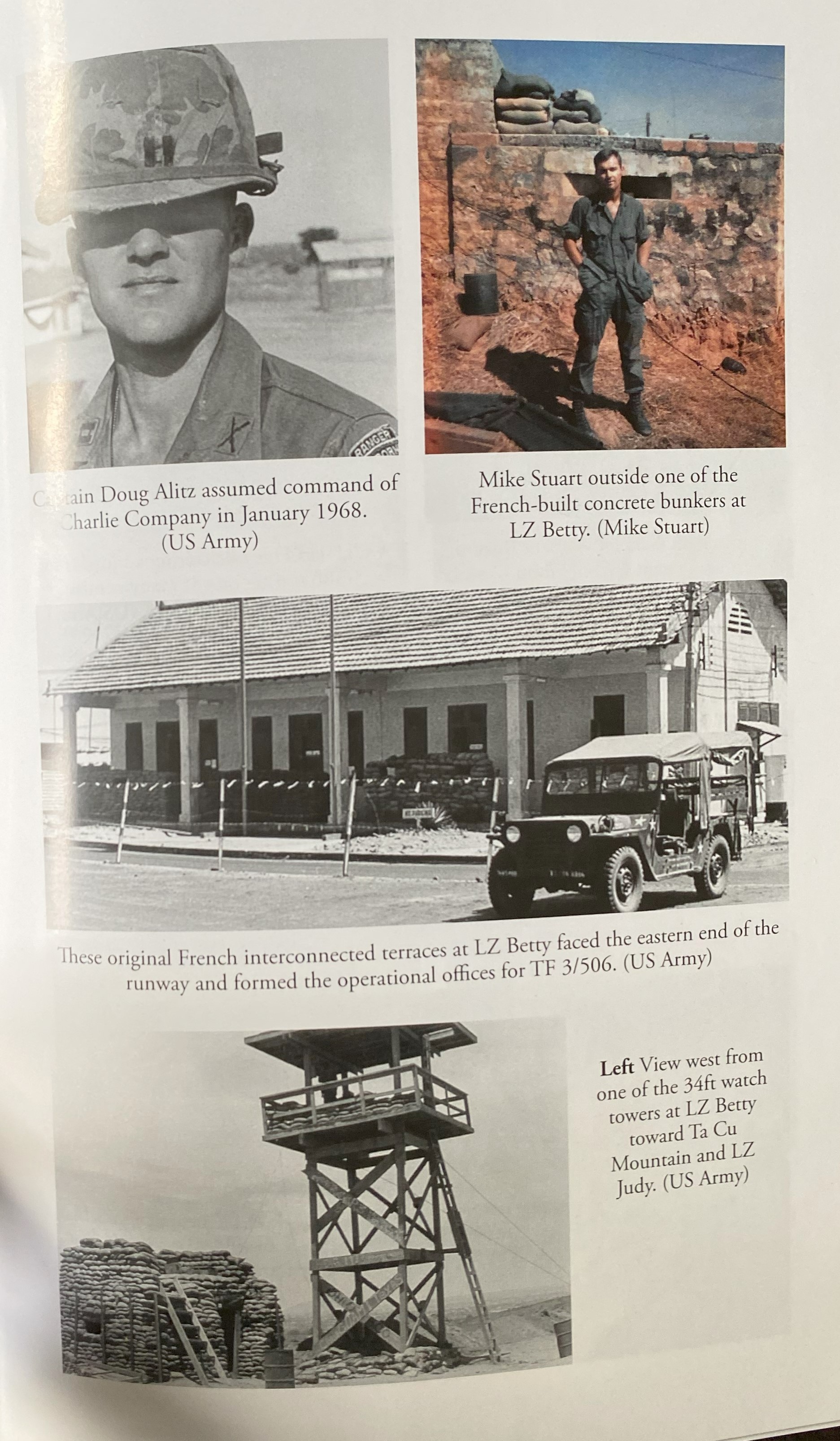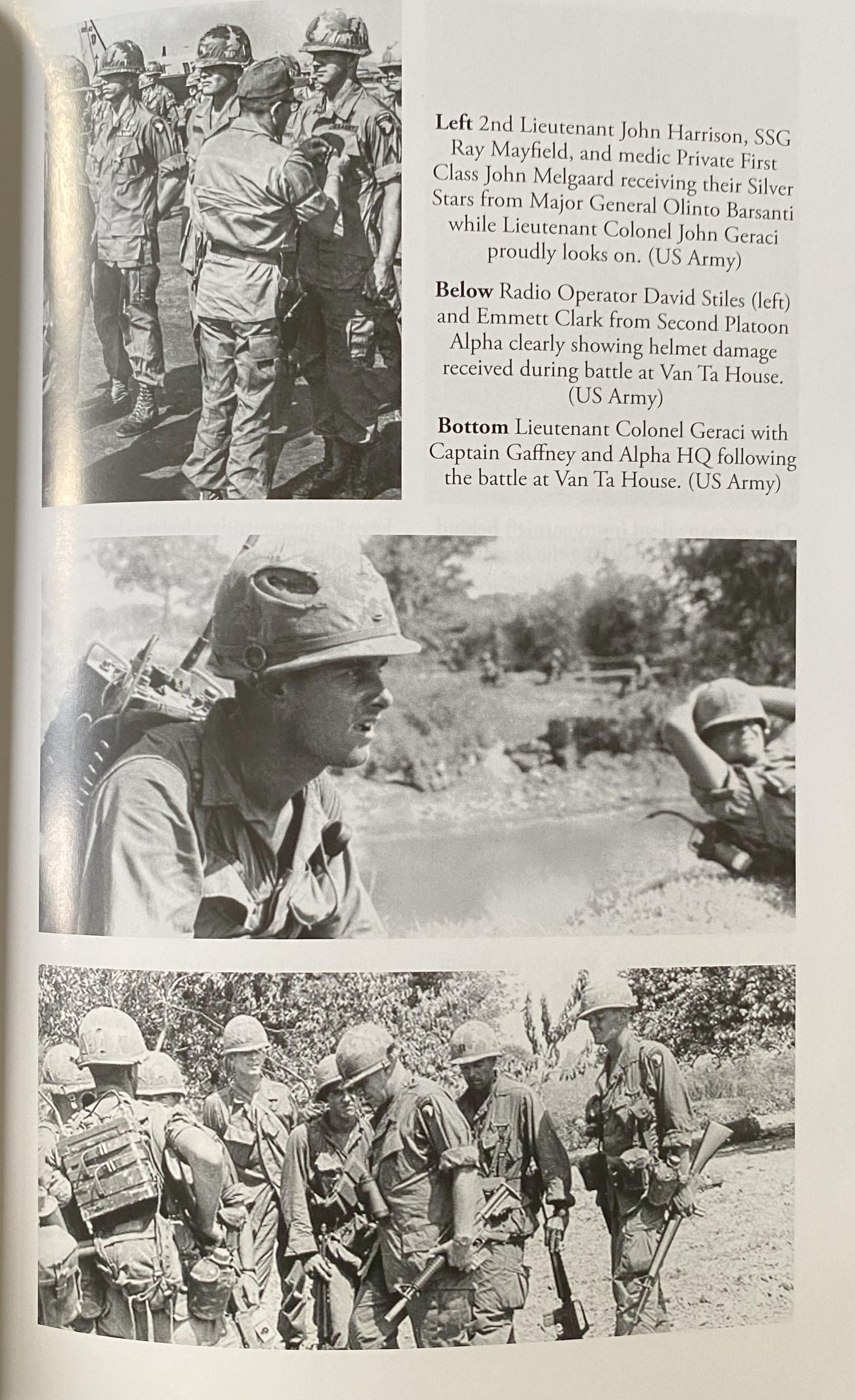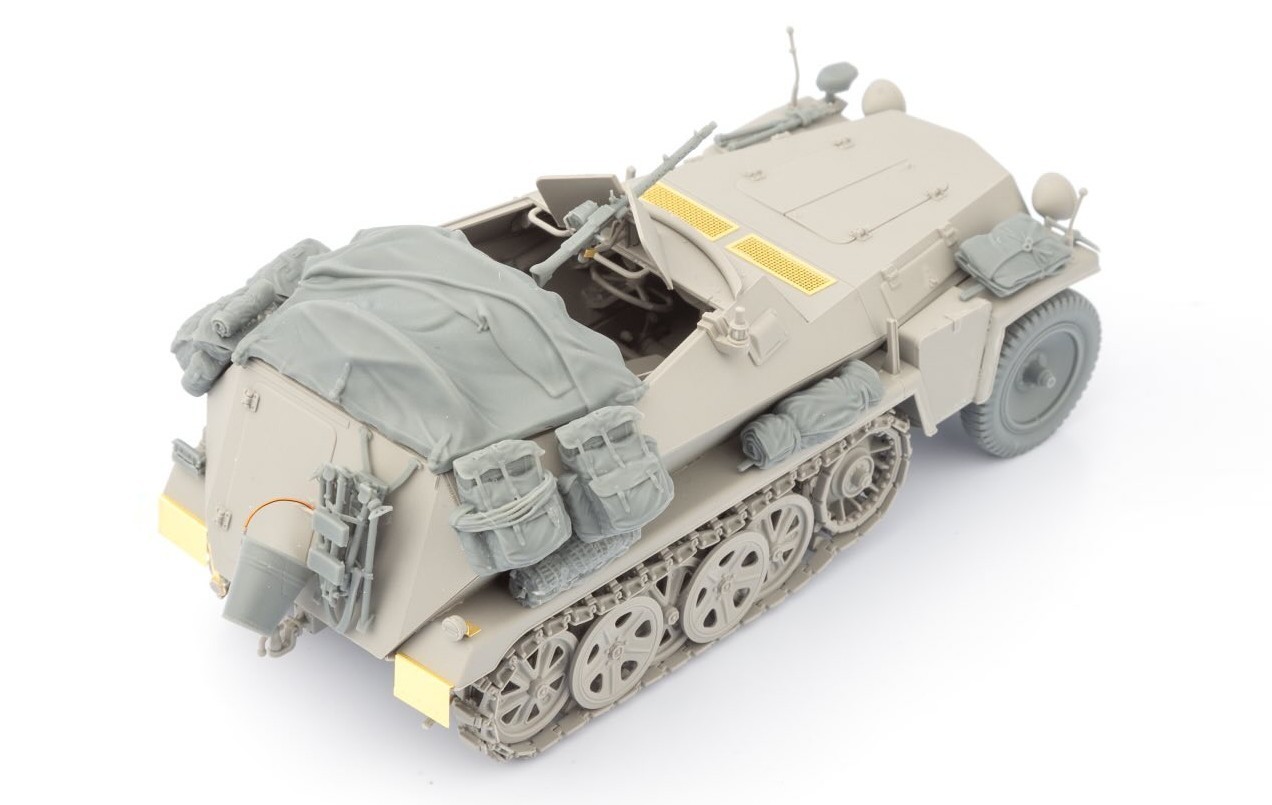You would have to have been born yesterday not to know about the 506th Regiment of the 101st Airborne's "Screaming Eagles" who starred in the book, and later the TV miniseries, "Band of Brothers." That 506th Regiment seemed to win the great battles of WW2 almost by themselves. After the war ended, however, the unit was deactivated, only to be reactivated later in the decade as the conflict in Korea broke out. By the start of the Vietnam War, the Army had moved away from parachuting troops into battle, and had adopted the "airmobile" or "air cavalry" doctrine of ferrying in troops via helicopters. With US involvement in the war escalating, a third battalion was created in 1967 for deployment, and fought in Vietnam in numerous engagements during the pivotal year of 1968.
Ian Gardner, himself a British paratrooper by experience, has written about the 3rd Battalion's exploits in Vietnam during 1967 and 1968, some of the bloodiest fighting for America. The photos in the book are often in color, but are mostly snapshot-quality, and of people in the narrative, not materiel or locations. For that reason, I'm not sure how useful the book will be for modelers looking to up the gearhead quotient, other than learning about the bloody work of search & destroy missions. If the book will get readers interested in the unit, the period or the war in general, then it will have performed a valuable service.
The style of writing is very conversational and casual, almost as if the reader were hearing war stories from the combatants. But the narrative tends to wander about as Gardner tries to mention every soldier in the outfit, likely a function of gathering too much material and not knowing how to prune it in the interest of pace. He is able to keep politics, both modern and period, out for the most part, and he's refreshingly unvarnished in his descriptions of the men as, well, men, fighting, drinking and whoring in the "boom boom" houses of ill repute that sprung up next to every American installation of any size. Fighting in Vietnam was usually brutish and bloody, and the soldiers lived raucously and lewdly, none of which Gardner whitewashes or leaves out, including the killing of civilians in the tense moments of combat among houses and towns. While Gardner's loyalty to the men in the narrative is admirable, the result is a bewilderingly large cast of characters moving in and out of a rambling story. This book isn't recommended as a first-time foray into Vietnam warfare, since the narrative jumps about quite a bit.
But it does have a heaping allotment of complete stories and droll anecdotes as the grunts, NCOs and officers engage with an enemy that would use the Tet Lunar New Year cease fire as a launchpad for an insanely conventional attempt to win the war in one stroke. While it seems at times as though the narrative wanders down the same trails the soldiers did attempting to root out their enemy's stores and foodstuffs, the stories are good ones, especially about a unit and location that gets little attention from historians. That's likely because the 3rd Battalion's sector was something of a sideshow in a war that had more "telegenic" fighting like the Tet Offensive's attacks on Saigon or the sheer brutality of Hue. Still, this book helps to lay out the sweaty, deadly grunt work needed to search out an enemy who almost invariably knew the ground far better than the Americans did, had dug in bunkers and tunnel networks, and who had developed ambush techniques from fighting for two decades against first the French, then the South Vietnamese, and finally the Americans and their few allies.
Unfortunately in the end, Gardner's narrative is often like a baggy suit made from exquisite material: I wish he had cut some of the anecdotes about a non-com whipping the butt of an insubordinate platoon-mate, or soldiers exhausted from the Tet fighting sunbathing on a building's roof, and focused more on the unfolding of events. At one point deep into the book, the Tet Offensive is only days away, yet Gardner barely mentions the massive attacks coming all over the country that would convulse South Vietnam, defeat the Communists, and yet so shock the American public that they would demand a reevaluation of the commitment to the war.
If you don't know much about the Vietnam War, I recommend one of the many fine histories, and if you want to understand its ugly, difficult, deadly combat, then read We Were Soldiers Once... and Young. Nevertheless, this book is a thorough chronicle of a unit and its time in Vietnam that has been overlooked.
When ordering this book, please be sure to mention you saw it reviewed on the Kitmaker Network.
































